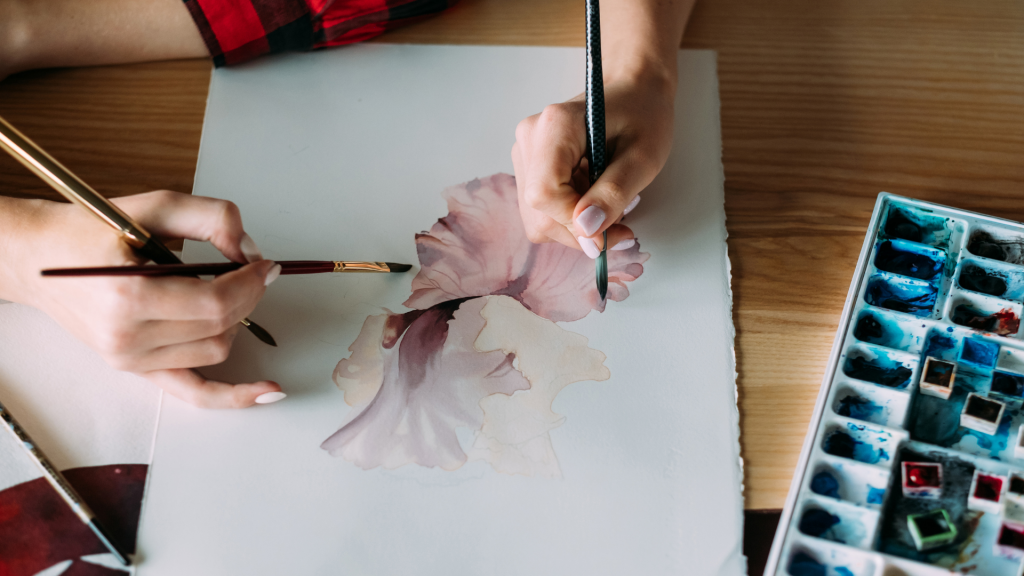Art is all around us. It’s in the buildings we live and work in and all around us in the things we love. While some artists have been creating masterpieces for years, there’s new technology out there that lets anyone create art—and sell it.
There’s something magical about art. It has the power to move; it’s able to tell a history. It’s something that unites us, something that’s universal. Artists are people who see beauty where others may not — and this makes them some of the most fascinating people we know. But artists aren’t just interesting people. They’re also some of the most hardworking people, constantly pushing themselves to find the next best technique, the next new art.
The arts have always held a special place in our hearts, and while some of us may lean more towards music, dance, art, or literature, others really enjoy all of the possibilities that art offers. Some types of art get more attention than others, but the latest techniques to learn are worth checking out.
The list of new art techniques is always growing. From 3D to photography to needle felting, there are hundreds of new ways artists get to express their art. But with so many options, how do you know which new art techniques are right for you? The best way to find out is to try them out yourself. Draw, paint, sculpt, photograph, take photos, and more.
Marbling
The art technique of the moment involves pushing paint around like putty. Known as marbling, it’s much easier than it looks and surprisingly fun. All you need is a flat surface, water, and paint colours. You’ll also need an absorbent surface, like cardboard or paper towels, to let the paint dry on. Start by pouring some of the paint into a shallow dish and dip your brush into it. Then, flick the brush over the surface. It actually takes a little practice to get the flow of the flick right and to keep your brush from moving too much. Keep flicking the brush over the surface until you’re happy with the pattern you have created, then you can transfer it to a sheet of paper.
Spray Painting
When it comes to arts and crafts, spray painting is one of the simplest techniques to learn—and one of the most versatile. For beginners, it’s an easy way to add colour to home décor, design cool wall art, and create fun art projects with the kids. And experts love the spray-painting technique because it can be used on paper projects, wood projects, metal projects, and more.
Spray painting is a technique that’s perfect for creating bold, flat surfaces, making it ideal for spray painting signs and furniture. But have you ever tried spray painting something three-dimensional? With the right materials, you can create fun, bright objects perfect for your home or office.
Chiaroscuro
Have you ever seen a painting, or a design, with accidental, partly hidden, or blended colours? They are known as “chiaroscuro” paintings, and they look fabulous. They take skill and practice to perfect, but many artists are able to produce them by accident or without practice at all.
Chiaroscuro is a term from Italian photography that refers to a photographic technique used to create dramatic lighting. It’s most known for its use in paintings, especially by experts such as Caravaggio and Rembrandt. Today, chiaroscuro is used in photography, film, and television, and thanks to the amazing editing capabilities of augmented reality apps like Aurasma, it’s as fun to use as ever.
Dry Painting
Dry painting is an art technique you should know. It’s a process where colour is applied through layering without the addition of liquid. A light brushing and wiping of paint on top of dry paint creates a layer. It’s much harder than it looks. Dry painting is used to create unique effects.
Artists have been experimenting with materials for hundreds of years to create paintings. Along the way, they’ve developed a number of techniques, and one of those is dry painting, also known as grisaille painting. Grisaille is a method used by artists when painting monochrome scenes. It’s a technique used by artists of all backgrounds: from Renaissance painters to Impressionists to Modern artists.
So there you have it. There are many different art techniques that you can incorporate into your own masterpieces.

